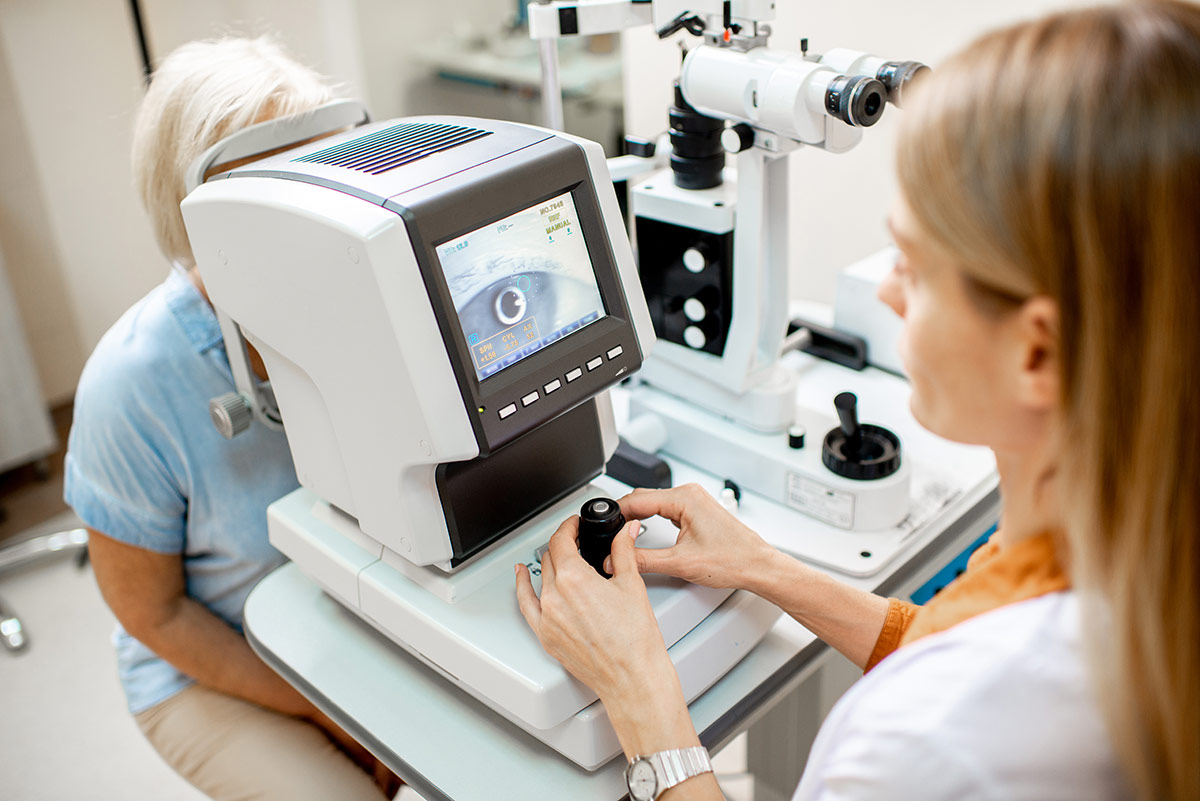New Study Reveals High Prevalence of Vision-Threatening Diabetic Retinopathy in the US

June, 2023
A recent study has shed light on the alarming prevalence of vision-threatening diabetic retinopathy (VTDR) in the United States, where nearly 10 million people are at risk for blindness from the condition. Diabetic retinopathy a well-known complication of diabetes, is a leading cause of blindness among working-age adults in the country.
Diabetic retinopathy occurs when high blood sugar levels damage the blood vessels in the retina, the light-sensitive tissue at the back of the eye. Over time, these damaged blood vessels can leak fluid and blood, leading to blurred vision, floaters, and even vision loss. In advanced stages, the growth of abnormal blood vessels can cause severe complications, such as retinal detachment or glaucoma, further escalating the risk to one’s eyesight.
Several factors contribute to the development and progression of diabetic retinopathy. Poorly managed blood sugar levels, prolonged duration of diabetes, hypertension, high cholesterol, and pregnancy are among the risk factors. The condition often progresses unnoticed in the early stages, emphasizing the need for regular eye examinations for individuals with diabetes to detect and treat diabetic retinopathy in its initial phases.
The study, which included data from various sources such as the National Health and Nutrition Examination Survey, Medicare fee-for-service claims, and population-based studies, aimed to update estimates of diabetic retinopathy and VTDR prevalence across different demographic factors and geographical locations.
The findings of the study revealed that an estimated 9.60 million people in the US are living with diabetic retinopathy, with a prevalence rate of 26.43% among individuals with diabetes. Furthermore, approximately 1.84 million individuals are affected by VTDR, corresponding to a rate of 5.06% among people with diabetes. The prevalence rates varied across different demographic characteristics and geographical regions, with VTDR affecting more Black (9%) and Hispanic (7%) individuals than White (4%).
These updated estimates highlight the persistently high burden of diabetes-related eye diseases in the US. The study emphasizes the need for increased allocation of public health resources and targeted interventions to communities and populations at the highest risk. By addressing the challenges associated with diabetic retinopathy and VTDR, it is possible to prevent vision loss and improve the quality of life for individuals with diabetes.
Source:
